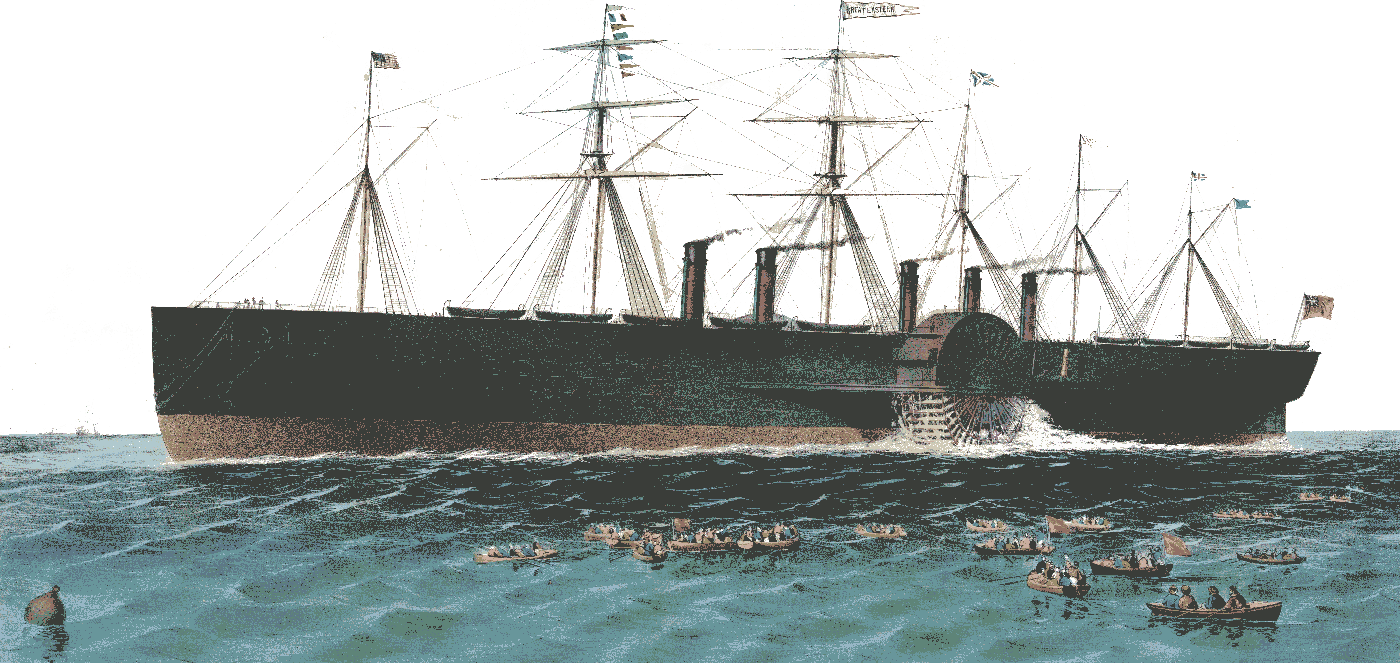Box Tunnel

When Brunel designed the Great Western Railway he wanted to make it the flattest, straightest line he could. Most of its 118 miles were either level or had gradients no steeper than 1 in 1000. Swindon is at the highest point, and the line than falls to Bath. This section includes Box tunnel, which is at a steeper gradient: 1 in 100.
Digging the tunnel through the solid Bath stone was a formidable task. Using only candles to see by, 1500 men (rising to 4000 as the tunnel neared completion) toiled day and night. Each week a ton of gunpowder and a ton of candles were used up. Work continued twenty-four hours a day.
Construction began in 1836, and the tunnel opened in 1841. In those five years, the lives of more than 100 navvies were lost. Working from both directions, the calculations Brunel made were so accurate that when the two ends of the tunnel were joined underground there was found to be less than 5 cm (2 in) error in their alignment.
It was, when completed, the longest railway tunnel in the world, at almost 2.9 kilometres (1¾ miles). And, more than 160 years later, it remains in daily use as the high speed train route from Bristol to London. When first built, some people feared that the air pressure inside the tunnel would be dangerous and chose to leave the train before the tunnel and rejoin it the other side, having journeyed round by road.
The dramatic western portal, near Box, is designed in the classical style, but the eastern portal, at Corsham, has a plain brick face. There is also a story that Brunel deliberately aligned the tunnel so that viewed from the Box end, the sun could be seen to rise through the tunnel on April 9 – Brunel's birthday.
In the novel 'Is', Isabel tells Robert about Box Tunnel. To read an extract, click here.
Further information
Wikipedia's site:
Good general site about Brunel:
Engineering Timelines:
Wiltshire heritage:
Teachers TV video on Box Tunnel:
Back to Topics



